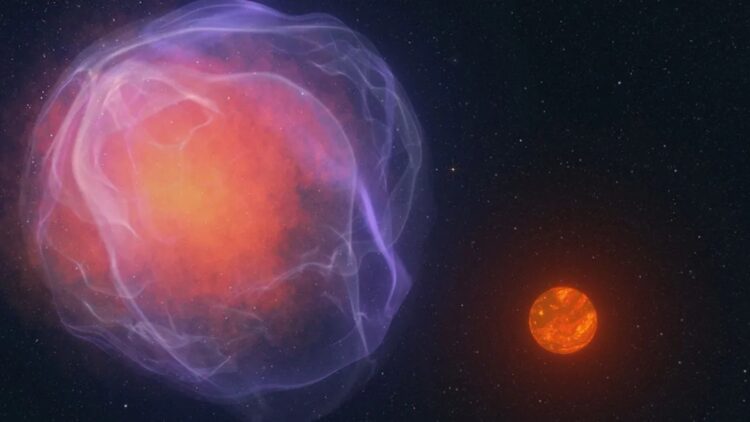A team of scientists and astronomers from NASA has made a discovery that has captured the attention of scientists worldwide, without exception. It concerns an ultrafast celestial body unlike anything discovered before. It is called CWISE J1249, which was detected by the WISE telescope, and it was described as a red sphere moving at over 1 million mph across the Milky Way.
The observations, led by Martin Kabatnik, highlighted that its mass was unusually low and that it had a low metal content, which makes it even more difficult for researchers to identify. For the moment, it has been classified as a rogue planet, but until they can determine where it comes from and what accounts for its speed, they will not be able to determine where it is headed or what its galactic dynamics will be.
Detection of an infrared light
The work of research astronomers is not limited to observing the sky, but also to detecting anomalies and answering questions that explain the behavior of bodies beyond our planet. For this, they make use of supercomputers and advanced telescopes, such as the WISE (Wide-field Infrared Survey Explorer), thanks to which numerous discoveries have been made. Recently, through the use of WISE, a small red sphere was detected that piqued the team’s curiosity, due to its high speed of movement. After analyzing it more closely, this cosmic stellar body was named CWISE J1249.
What caught attention about CWISE J1249?
A group of researchers led by Martin Kabatnik embarked on a project to investigate CWISE J1249 more thoroughly. The main question was whether it was a star or a planet, but the speed at which it was traveling made this classification difficult. The data confirmed that its speed was approximately 1 million mph, but this was not the detail about the researchers that caught my attention. What truly represented a uniqueness was the finding made at the W.M. Keck Observatory: an unusually low mass, and an amount of metals significantly lower than what is usually found in any stellar body known so far.
Origin and destination
The spectacular speed and unusual physical characteristics of CWISE J1249 have puzzled researchers. Finally, two theories have been put forward, but neither has been confirmed yet.
- Supernova Explosion: One theory suggests that CWISE J1249 is the remnant of a white dwarf supernova. The violent explosion and its gravitational thrust would have propelled the red sphere to its current speed, probably causing the loss of much of its material to its current levels.
- Failed or Rogue Stellar Body: Other theories suggest that it is a stellar body that never managed to ignite (a failed star), or an object that has been ejected from its original system due to gravitational interactions.
What now?
The challenge that NASA researchers now face must answer two questions: where CWISE J1249 comes from and where it is going. Tracing the trajectory of its destination will not be possible until they manage to determine its point of origin. So far, it has been identified as a rogue planet that travels without orbiting a star. Based on the proposed theories, the next step will require searching for elements in situ and locating their parent sources. Researchers have stated that, once this process is completed, their goal will be to search for more rogue objects similar to CWISE J1249.
